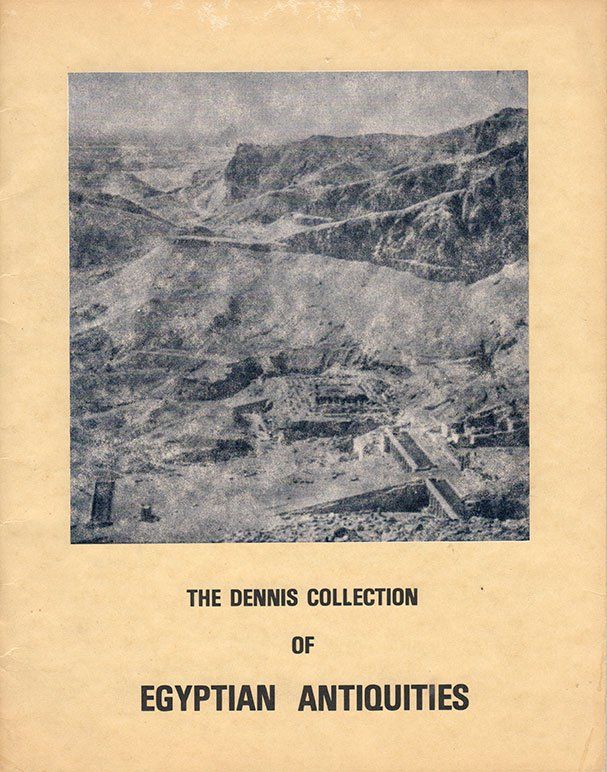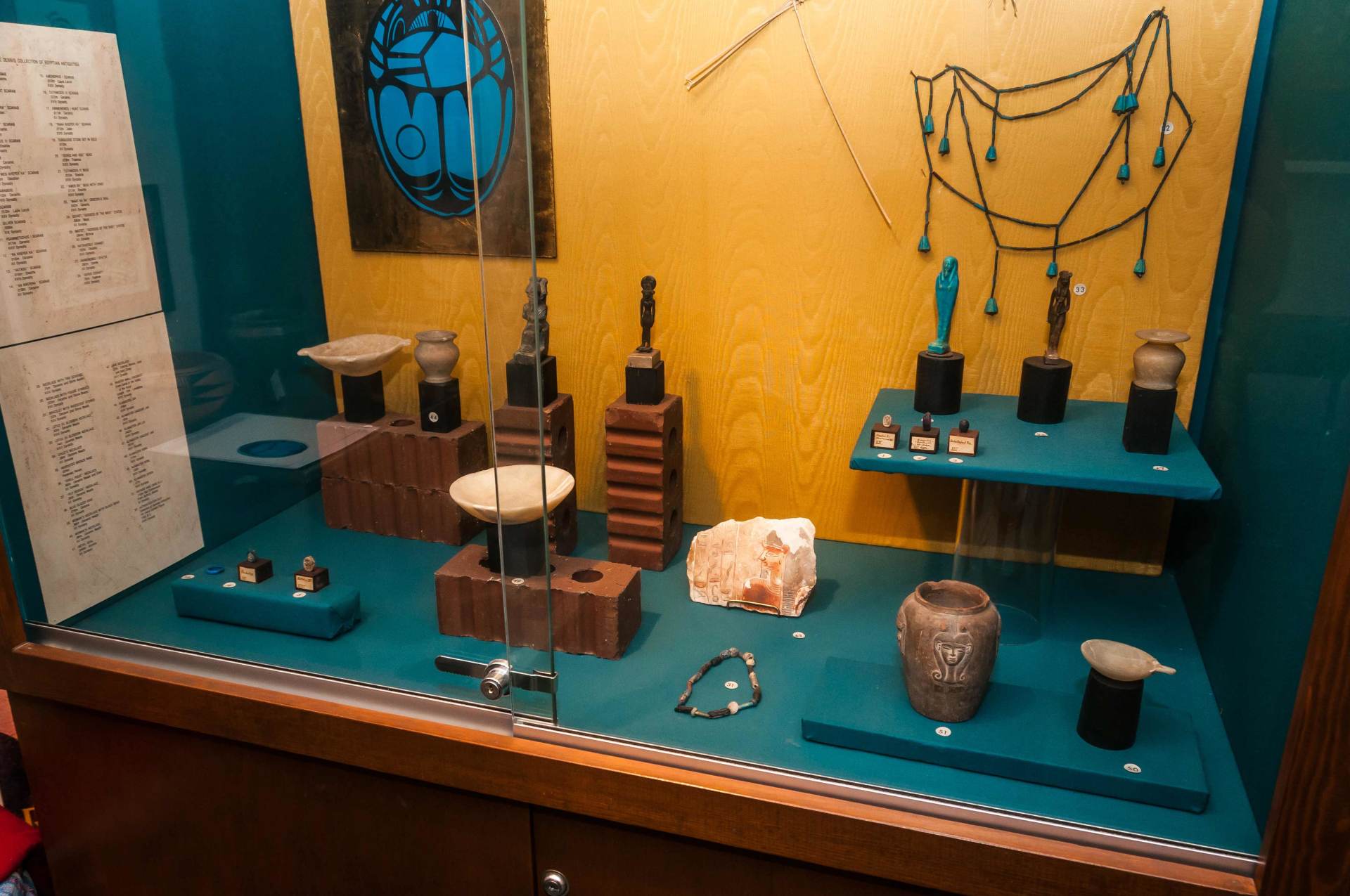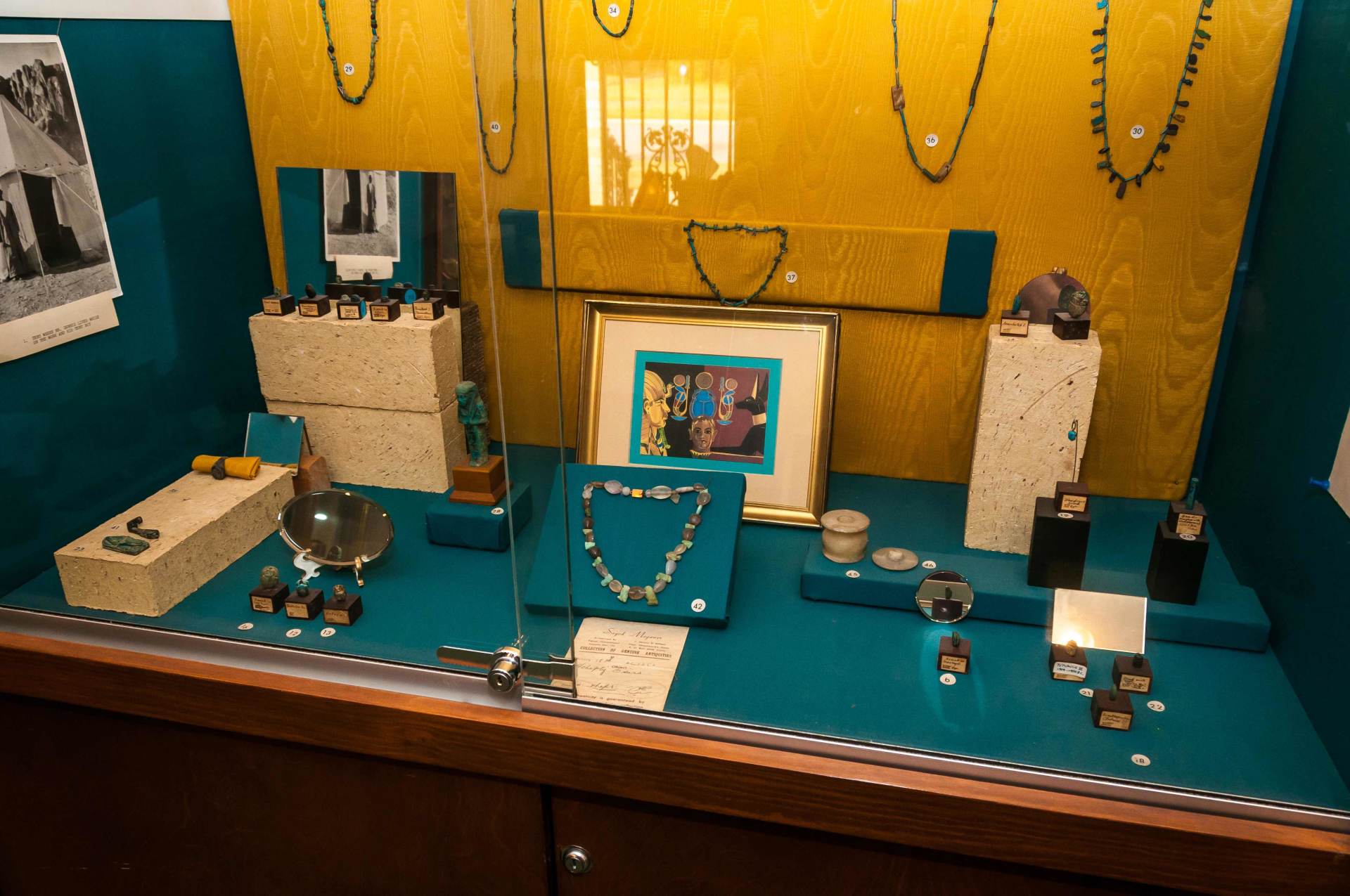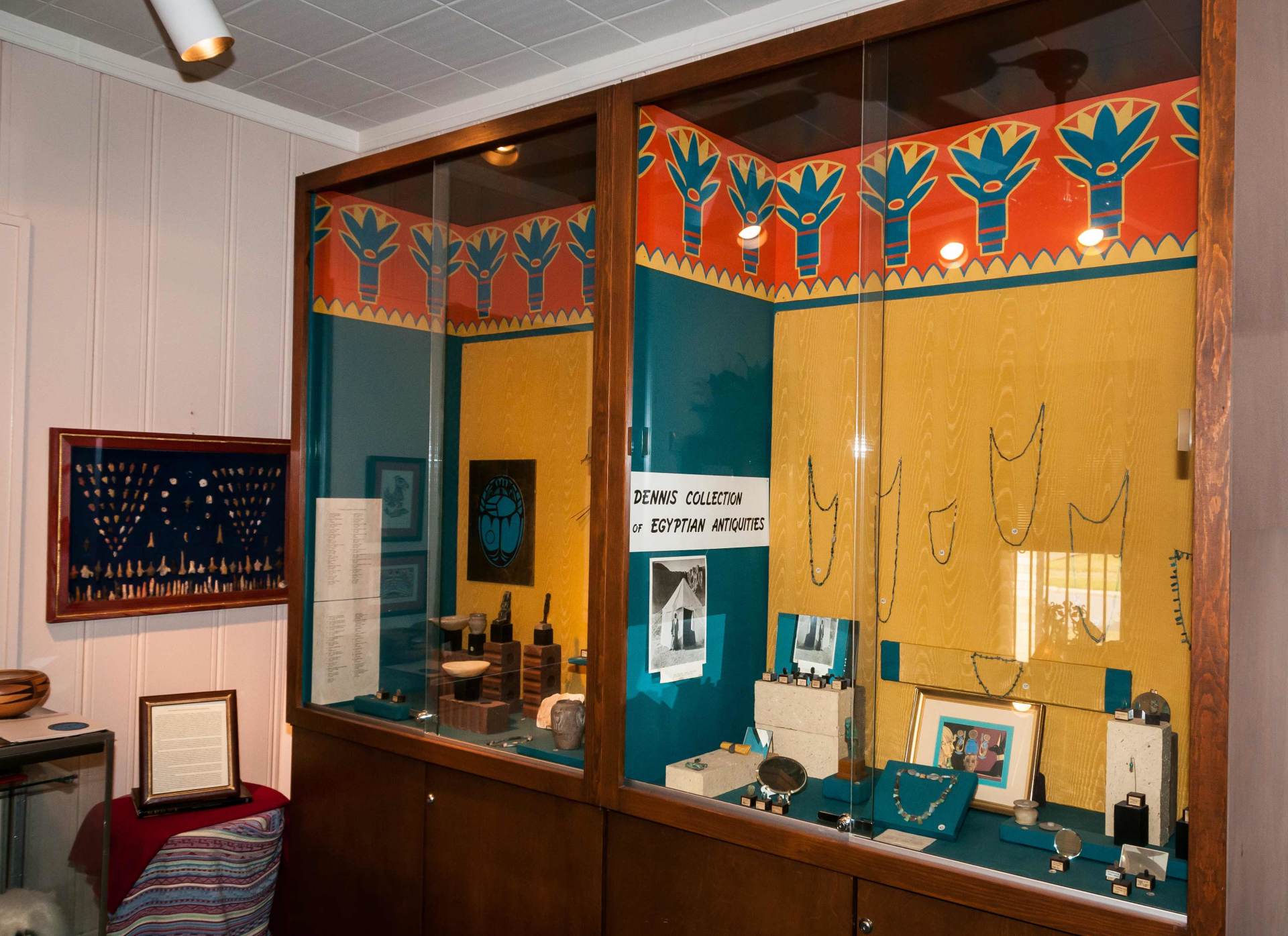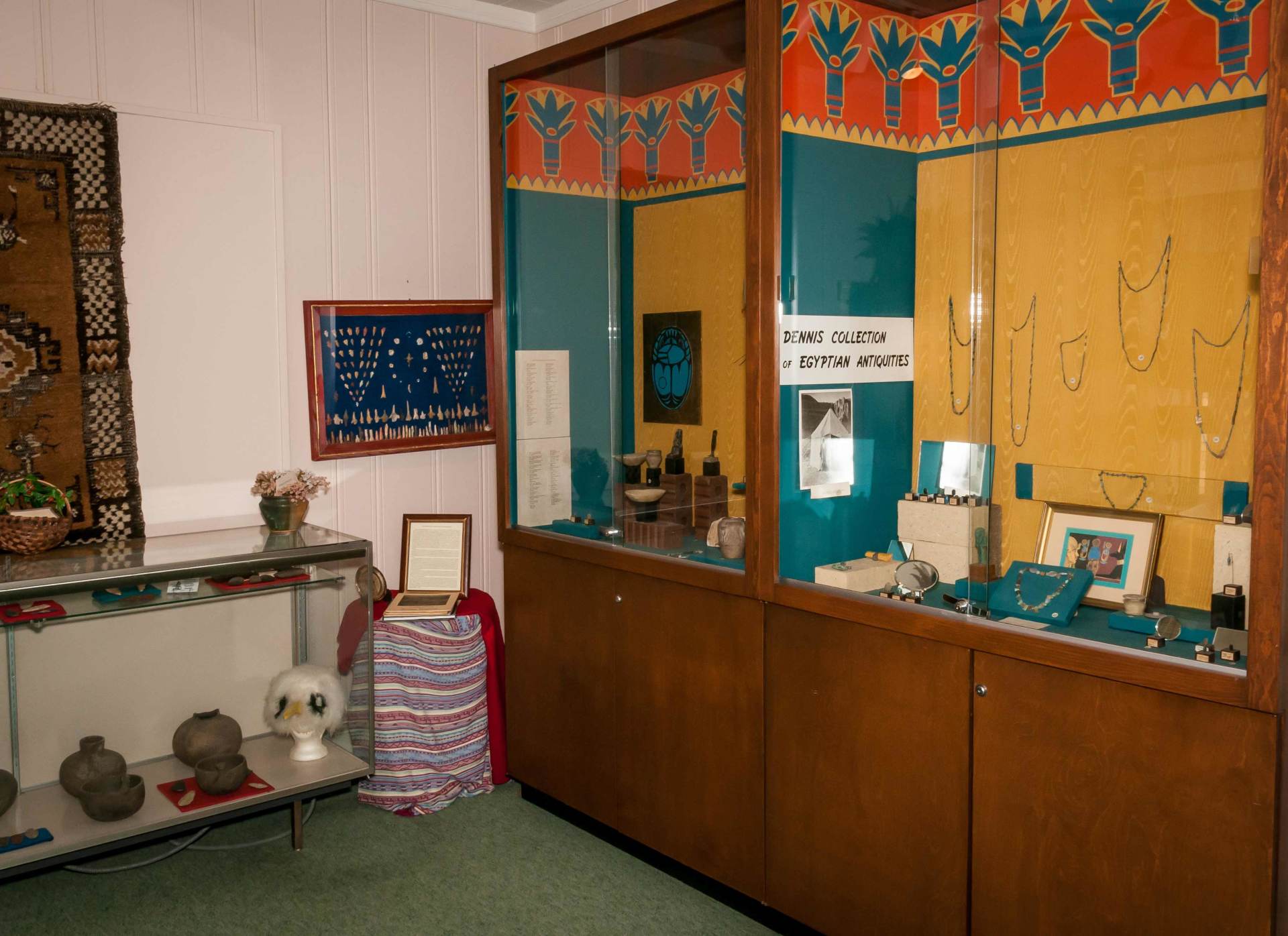James Teackle Dennis was born on October 6, 1865, in Baltimore, Maryland. Mr. Dennis was educated at Lafayette College in Easton, Pennsylvania. After graduating from college in 1887, he took up the study of law under the tutelage of his father and shortly after his admission to the bar he was appointed State’s Attorney of Somerset County, Maryland, to fulfill the term of Mr. N. Walter Dixon who resigned the post. In 1893, Mr. Dennis married Miss Ida Lee Wade of Bedford, Virginia. They traveled to Egypt in 1896 for the first time and in the fall of that year, he enrolled in a particular course in Egyptology at The John Hopkins University. While spending the years 1896 - 1903 as a special course in Egyptology at The John Hopkins University. While spending the years 1896 - 1903 as a special graduate student at the University, Mr. Dennis took down his lawyer’s sign in the Old Law Building in Baltimore and devoted his full time to his Egyptian studies. After learning how to read the Egyptian hieroglyphics, Mr. Dennis made up his mind to go to Egypt and to begin some investigations there on the spot. In 1905 he joined the Egypt Exploration Fund (a society based in London, England) and traveled to Egypt with his wife, Ida Wade Dennis, to work as a photographer, artist, and decipherer. Ida Dennis collaborated with the renowned Egyptologists Dr. Edouard H. Naville of Geneva, Switzerland, Mr. C. T. CL Relly of the University of Toronto, Canada, and Mr. H. R. Hall of the British Museum, London, England.
Mr. Dennis died on March 31, 1918, at his home in Woodbrook in Baltimore County, Maryland. Mrs. Dennis, who died May 24, 1952, had disposed of her husband’s special collection years before her death by presenting it to her nieces, both now deceased, Miss Mary Kochtitzky and Mrs. Elise Kochtitzky Byrd who were the founders of the Malden Library and who placed the Dennis collection in the Maiden Historical Museum. The Dennis Collection has been in Malden, Missouri, for over 30 years.
The objects date from the XI Dynasty through the XXVI Dynasty of Egyptian history, a period of approximately 2000 years. Many of the pieces were found in the area of Deir-el-Bahri, which is adjacent to the Valley of the Kings. This area is where Mr. Dennis worked at the excavations of the temples of King Mentuhotep III (XI Dynasty) and there discovered the famous Sacred Cow at the Hathor Shrine near Queen Hatshepsut’s temple (XVII Dynasty). That discovery was said to be the greatest find of the year in 1906. Both temples, of Kong Mentuhotep III and Queen Hatshepsut, are next to each other nestled against the limestone cliffs of Deir-el-Bahri, which was located just 4 miles west of the ancient Egyptian capital of Thebes and directly across the Nile from the famous temples at Luxor and Karnak.
Mr. Dennis made another most important discovery in 1907. He dug up fragments of the body of King Mentuhotep Kan XI Dynasty Pharaoh and uncovered models of sacred boats, wooden statues, a gilded sandal of the king, and part of his throne, along with miscellaneous pieces of jewelry. That discovery at the time was said to be a thousand years older than anything hitherto found in the historical treasure trove of Egypt. Mr. Dennis, having close personal ties with the President of The John Hopkins University, Dr. Ira Remsen, wrote many letters to him from Egypt. One dated March 28, 1907,” I am sending herein a bit of the original mummy cloth from the body of the King Mentuhotep of the XI Dynasty, 2700 B.C. I presented the material to the Johns Hopkins University with my compliments. The bones of the king were in the wrappings when we found them. Dr. Naville, in consideration of my services this year, has permitted me to select a part of the distribution (of antiquities) for The John Hopkins University. Of course, all go to London for the exhibition (at Kings College) and will probably not reach Baltimore before October 1, 1907.”




